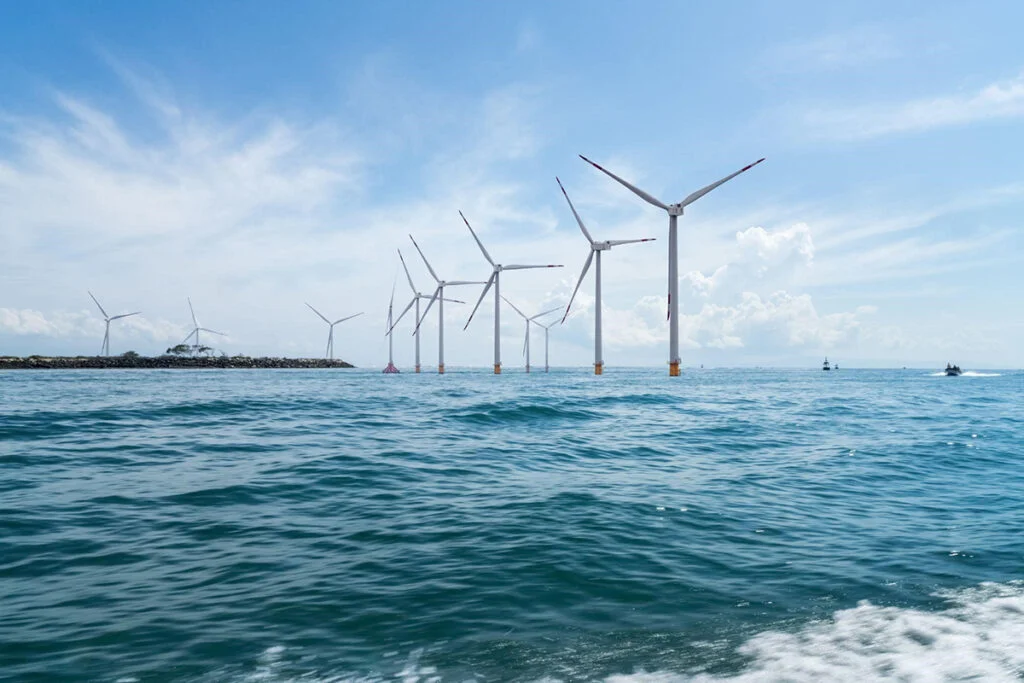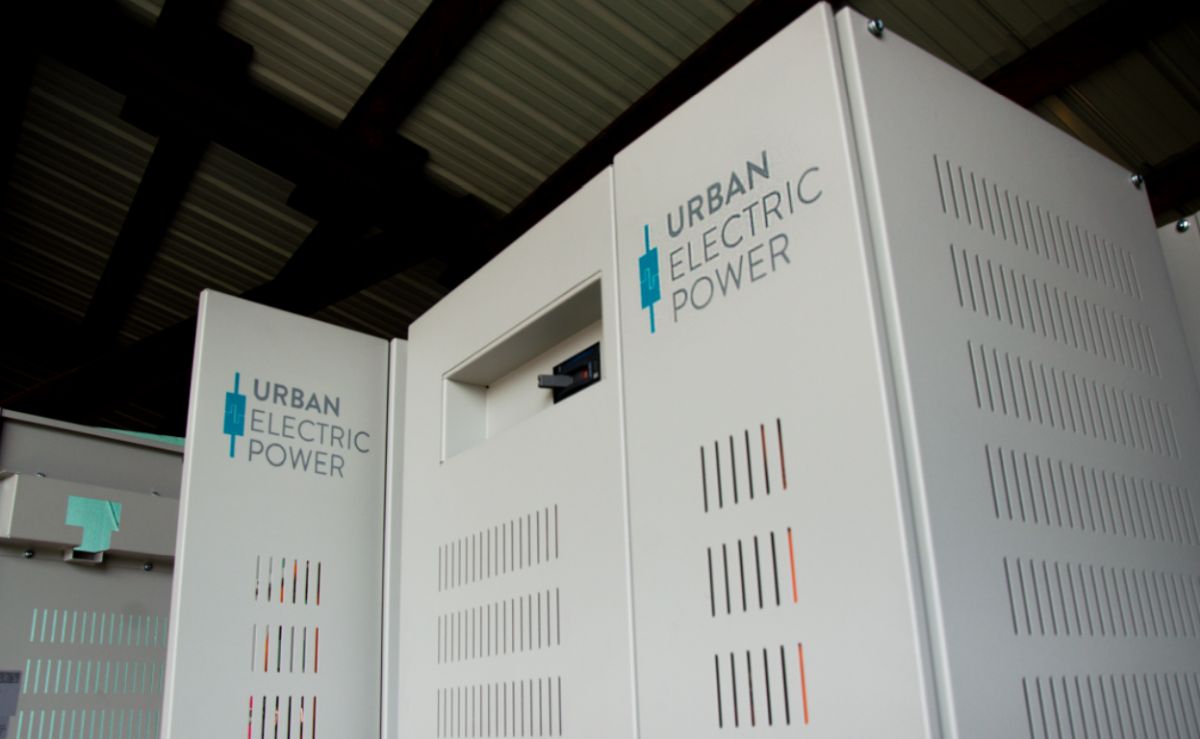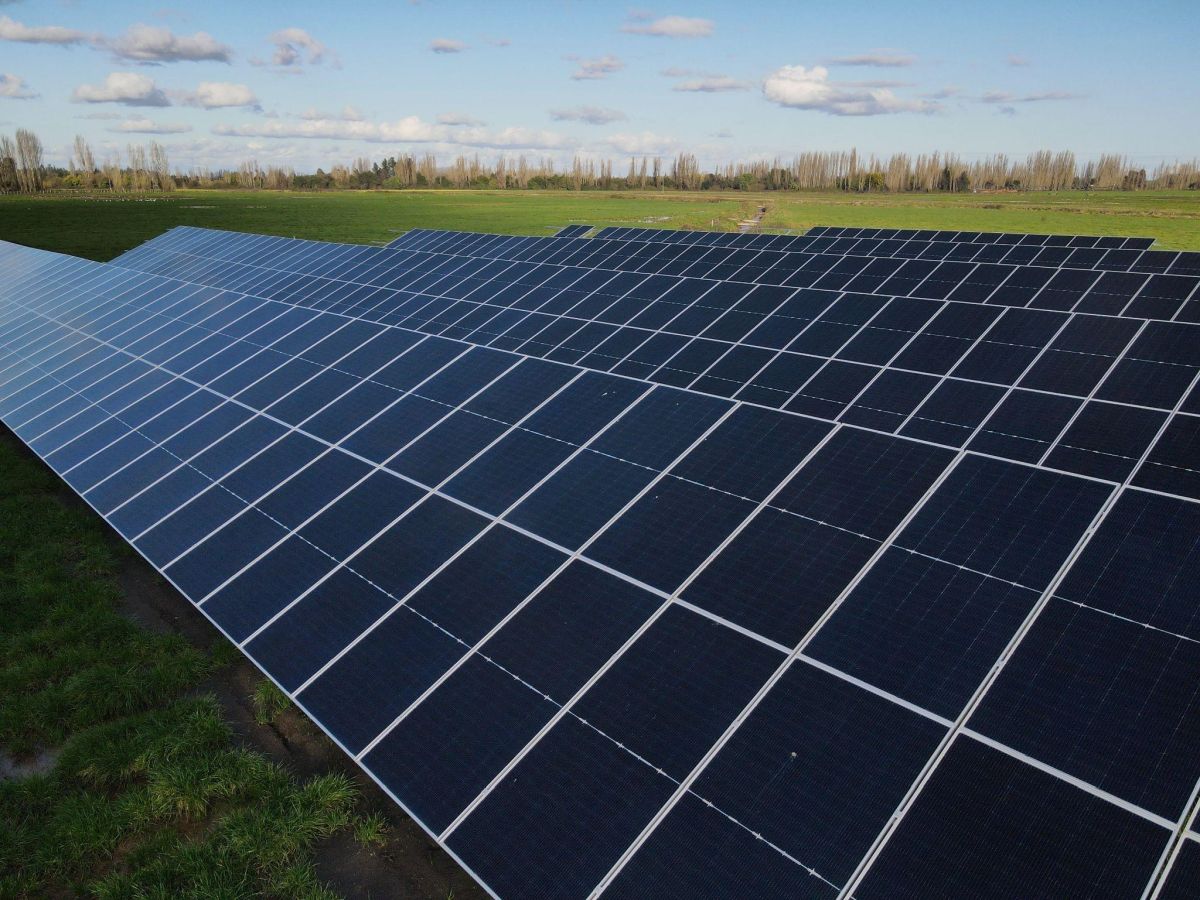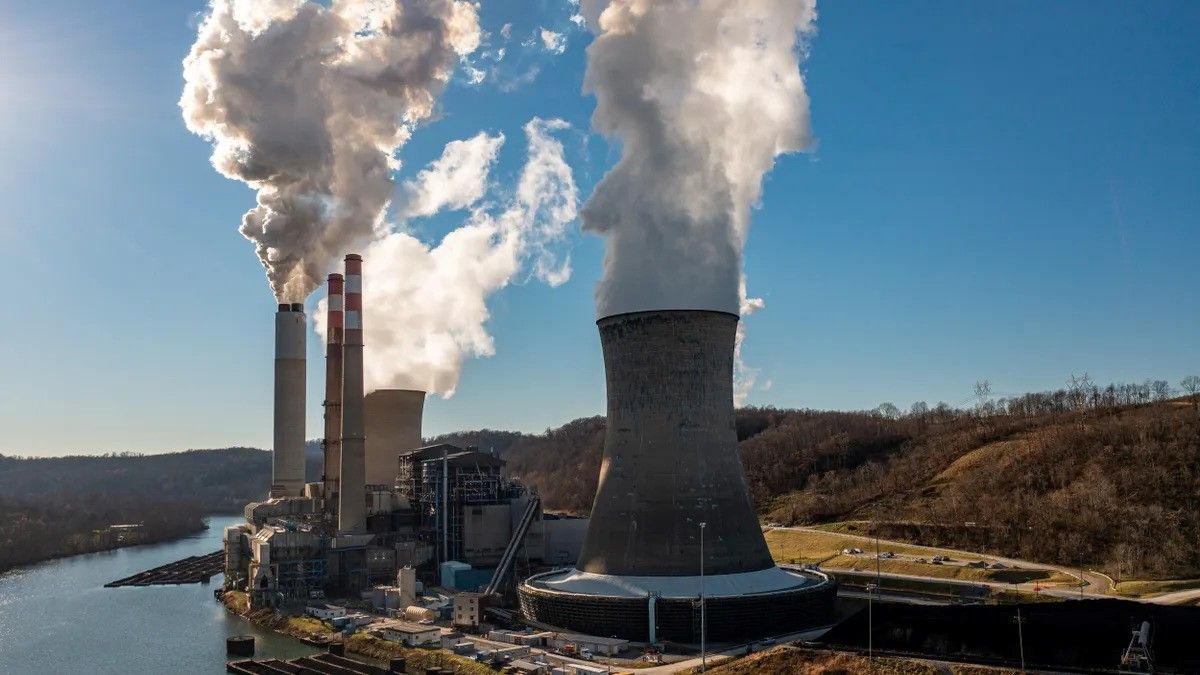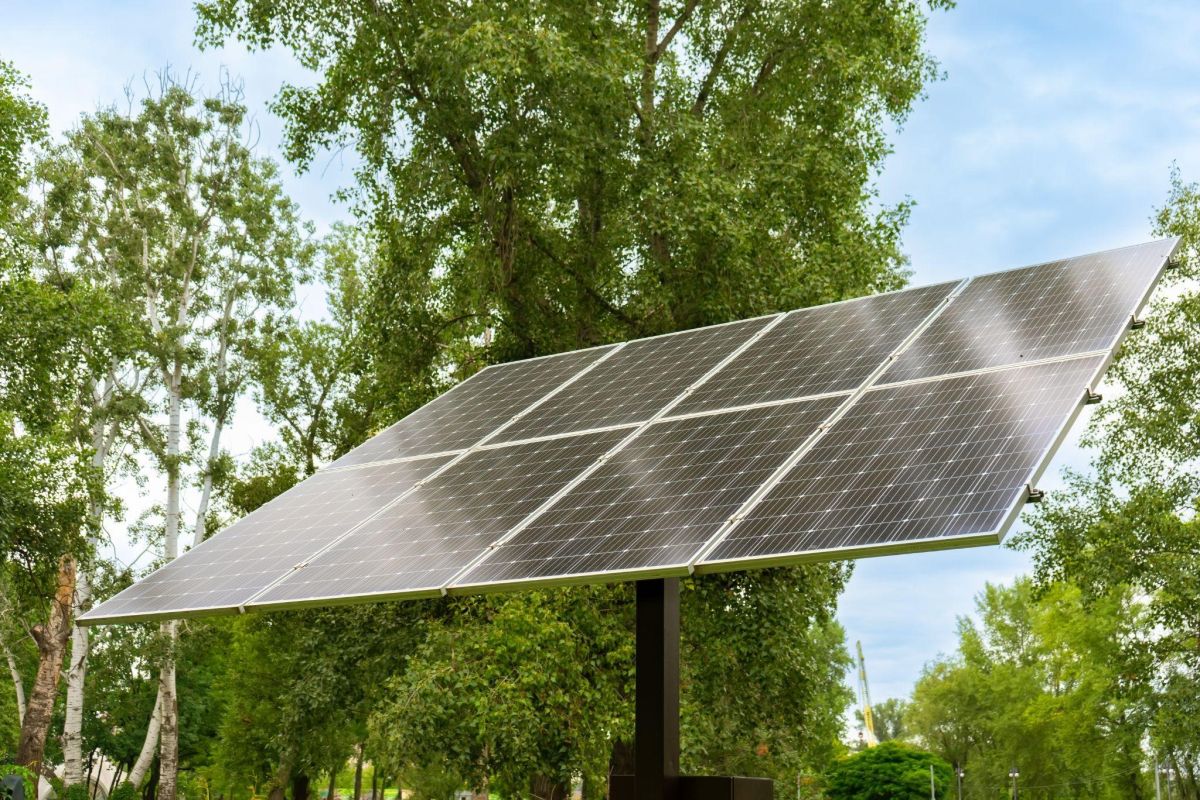WWW.UTILITYDIVE.COM
The utility will decide by early 2024 whether or not to take on a partner for its Coastal Virginia Offshore Wind project, said CEO Bob Blue.
Dive Brief:
- Dominion Energy announced during its Friday third quarter earnings call that it had filed with Virginia regulators an adjustment to its levelized cost of electricity estimate for its 2,640-MW Coastal Virginia Offshore Wind project, lowering the LCOE from $80 to $90/MWh to $77 MWh.
- This adjustment comes as other offshore wind developers are exiting and rebidding contracts or abandoning projects due to the upfront costs of development exceeding what the wind farms will make back in power purchase contracts.
- Two analysts said the reduced LCOE may be the result of Dominion’s project being a regulated utility project, while the projects struggling financially are nonutility projects seeking to sell power to regulated utilities.
Dive Insight:
“Dominion’s framework may be somewhat more appealing for an investor to potentially become a part owner of the project,” said Mike Doyle, a senior equity analyst for utilities at Edward Jones.
However, Doyle said he was surprised to see Dominion’s estimate for their LCOE drop, “given rising cost pressures that have been pervasive in the broader U.S. offshore wind industry.”
In a Friday note to investors, Doyle said his firm believes that having a partner on the project could reduce risk.
During the earnings call, Dominion’s CEO Bob Blue said the LCOE decrease resulted from refined estimates of production tax credit benefits, the cost of capital and Renewable Energy Certificate prices.
This announcement puts Dominion in a unique position in the U.S. offshore wind market, as several developers have had to terminate power purchase agreements in the hopes of rebidding them due to ballooning project costs.
Last Wednesday, Danish developer Orsted announced that it is abandoning two of the eight offshore wind projects in development in the U.S. due to project delays, permitting timelines, and increased interest rates.
Blue said Dominion’s primary objective in choosing a potential partner for the project is to find a “true equity partner with pro rata sharing of project costs.”
He said Dominion is in talks with an “attractive and high quality” potential partner, and this party’s interest is driven by Dominion’s “priority position in the offshore wind supply chain” as well as the utility’s support from federal agencies and track record for securing permits on time, as well as its support from Virginia’s political and business leadership.
“A properly structured partnership with the optimal counterparty is an attractive option, but only if the terms of a potential transaction makes sense for our customers and shareholders,” Blue said.
He said the decision of whether or not to take on a partner will be the last step in the utility’s ongoing strategic review and that a decision will be announced around the end of 2023 or early 2024.
Paul Patterson, a utilities analyst with Glenrock Associates, said that the regulated utility framework makes Dominion’s project “somewhat of an outlier,” and that one of the key issues for Dominion going forward would be what terms a partner might ask for.
“The U.S. offshore wind industry is still pretty much in an early phase, and I am not sure Dominion’s update changes all that much from an industry wide perspective,” Patterson said.









